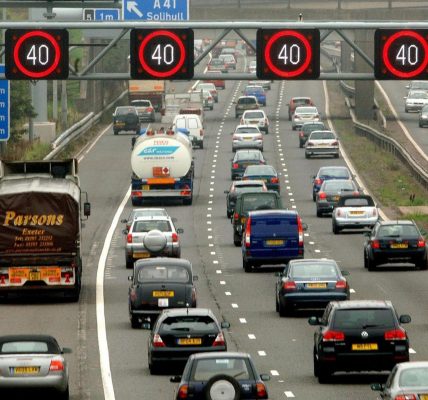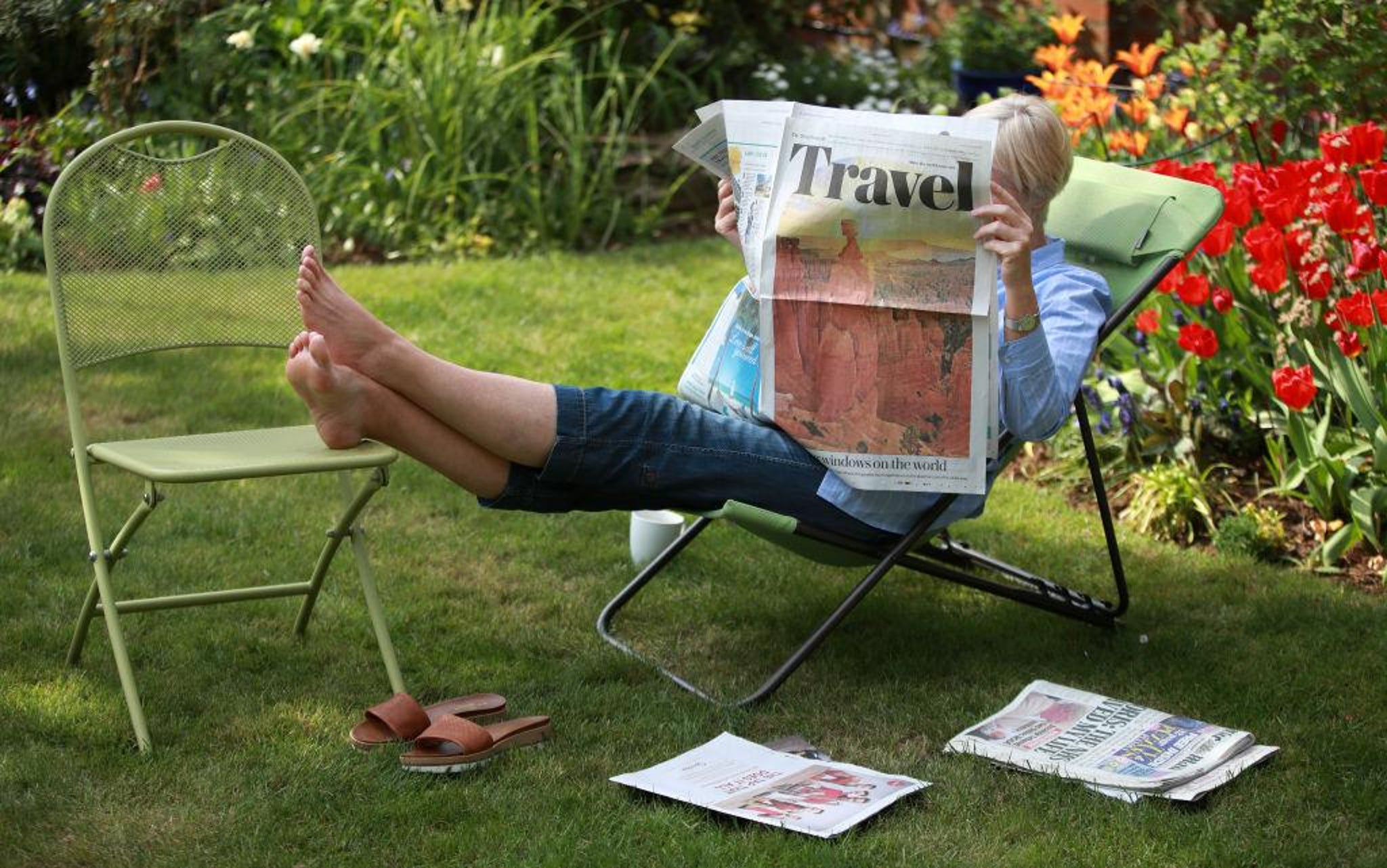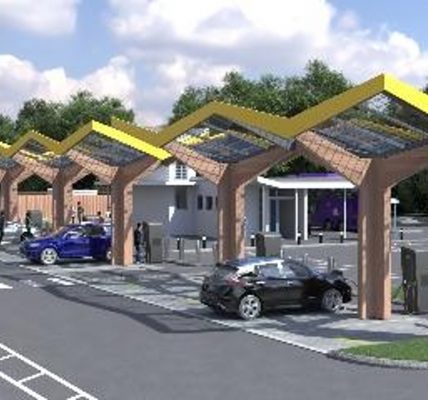Hopes for our high streets as US’s shops reopen
If there is one US thoroughfare that stands as a bellwether for the changing nature of the high street, it is the one that runs between Lendal and Spurriergate, alongside the River Ouse.
Coney Street was for decades York’s flagship shopping destination. It was there that the biggest brands set up shop: BHS, Burton’s, Dorothy Perkins and HMV were among those selling their wares from behind vast plate glass windows.
Even before the pandemic, not many of those old retailers remained, and as Andrew Lowson freely admits, the street is now out of step.
“There are a few parts of the city that have been failing, in inverted commas, for some time and Coney Street is the most obvious example,” said Mr Lowson, a commercial planner who is now executive director of York’s Business Improvement District,
Today, as the city joins those around it in reopening its non-essential shops and salons, he believes it is time to take stock of what the high streets have lost in the last year – and what they now stand to gain from what he calls the “online fatigue” of ordering goods online and then having to send them back because they don’t match the descriptions.
The highest-profile victim of the lockdown in York has been John Lewis, whose seven-year-old department store in the Vangarde Shopping Park, north-east of the city centre, has been earmarked for permanent closure.
But while that was an unexpected blow to the local economy – and may signal the end of such ambitious out-of-town developments – the balancing factors were equally plain to see, insisted Mr Lowson.
“Where we’re quite lucky compared to other cities is that we have always have a strong independent scene. The businesses we’ve lost have tended to be the big chains with huge overheads and big rent and rates bills.
“And while the independents have obviously also been hit, I think that with the grants and the furlough scheme, they’ve been able to weather the storm a bit better. Hopefully that’s a positive sign for the future.”
But there is little doubt that the effects of 12 months of on-off closures will change high streets again. As the demand for large retail units diminishes, planners across the country are reimagining their urban landscapes as centres for leisure facilities and residential properties as well as shops.
In York, there are mixed feelings about that.
“Once a building becomes residential it rarely changes back to retail, so we’ve got to be careful not to go too far the other way,” said Mr Lowson, who would like to bring his own planning background to bear on the city centre.
“We’ve been saying for a long time that York needs to have a masterplan – a vision of what we want our city to look like, if we’re going to make sure we achieve the right balance.
“So what we’ll do is look at areas like Coney Street where there are big units that have closed and not necessarily been filled, and which have as a result a huge amount of empty space above the shops that doesn’t get used any more.”
The landlords of those units will in the future use their space more flexibly, Mr Lowson believes, with smaller retail, leisure or hospitality space on the ground floor and homes above.
“We’re already seeing rents falling and institutional property developers pulling out,” he said. “That’s creating opportunities for local developers to buy properties or get involved in them, and those local people are far better placed to work with councils and communities to help create those city plans.”
Andrew Waller, executive member for the economy on York City Council, said the trend towards city centre living was already plain to see.
“It’s ironic given what Napoleon called us,” he said,” but there’s a lot of interest in making more of the space above the shops. There had never been an incentive to do that before.
“What’s happening now is that landlords who are very distant from the city – for whom a property is just a line on a spreadsheet – are being replaced by local owners, and they are becoming more interested in reconfiguring the layout of their buildings.
“So where previously there had been high value on the ground floor and perhaps an office or two upstairs, people are trying to make full use of all the available space.”
“It means there are many more people living within the city centre than used to be the case – and that creates neighbourhood shopping, which is a draw in itself.”
• The absence this Easter of Otley’s most significant seasonal landmark was itself a sign that these are not normal times.
With gatherings of more than a few people off the agenda, it had been impossible to drag the huge wooden cross on to the Chevin that overlooks the town.
As the shops that cluster around the cobbles re-open today, no-one is quite sure how many other casualties there will be. With most of them given over to independent traders, their survival through months of enforced closure has been a private cross to bear.
Yet there is optimism that the town, one of the great crossroads of the old West Riding, will recover.
In fact, said Tom Hatley, chairman of Otley’s Business Improvement District, it may bustle with more visitors than ever – a beneficiary of the move amongst office workers towards basing themselves at home instead of commuting.
“Those people who used to commute to Leeds will now be popping out on their lunch breaks and supporting local businesses. They have already found it more convenient than a big city,” he said.
Otley had its share of charity shops and vacant units even before the pandemic, but it fares better than most, Mr Hatley said.
“It’s very rare that shops here sit empty for a long time. Our vacancy rate before last year was below five per cent and we’ve seen it creep up to about seven per cent, so not a huge change.”
Paul Carter, chairman of Otley Town Council’s trade and tourism committee, added: “We benchmark the number of vacant units and we’re on the national average. We hope most are going to reopen.”
The fact that three shops in every four are unique to the town – a figure higher than average – has prompted the launch of a marketing drive called Only In Otley, which also plays to its reputation as a destination for a night out. The town was once said to have more pubs per head of population than anywhere else in England, and it remains a centre of largely home-made entertainment.
Although it’s not a tourist destination on the scale of Skipton, or even Ilkley, a little further up the road, it draws more than half its visitors from outside its boundaries. Some come to shop at Waitrose or Sainsbury’s; others to walk on the Chevin and then perhaps enjoy fish and chips in the Market Square.
The market itself has remained in business during the lockdown, though it no longer spills over on to Kirkgate, where the pavement has been temporarily widened to allow social distancing.
“A thriving market is important,” said Mr Hatley, who runs a financial consultancy in the town centre. “Come Friday and Saturday, visitors will have lunch, go to the shops, and go down to the riverside.
“When they return they’ll see a few new businesses that have chosen to open during the pandemic – a permanent greengrocer, which we didn’t have 12 months ago, and later this year a cheesemaker.”
• A cynic might call it an exercise in papering over the cracks, but the vinyl wraps that are starting to cover empty shop fronts in Scarborough are more than mere window dressing.
Around 10 local artists are producing designs for the wrappers as part of a programme to make the town centre more attractive to the thousands of visitors expected to descend on it this spring and summer.
“They will show stylised scenes of Scarborough, rather like the British Rail posters from the 1930s,” said Steve Siddons, leader of the borough council. “It will be a lot more attractive than grubby For Sale signs.”
The council has used an early tranche of the £20m it will get from the Government’s Towns Fund to pay for the artwork, along with “pop-up parks” that will see green spaces created on otherwise urban landscapes.
While the temporary art will help to disguise the absence of some familiar high street names, the withdrawal of their landlords may set in train a more permanent move towards locally-run businesses.
“Like other places, we’ve lost some big names on the high street and it’s created gaps in the townscape,” Mr Siddons said. “Debenhams and Arcadia have gone, and the Brunswick Centre has lost quite a few of its shops.
“But at the same time there are a lot of inventive local businesses in this area, and the problem has often been that they haven’t been able to afford the rent that some of the absent landlords were asking for. So hopefully this will make people think differently, and maybe we can get some more interesting businesses into the town centre. It’s an opportunity for reinvention.”










